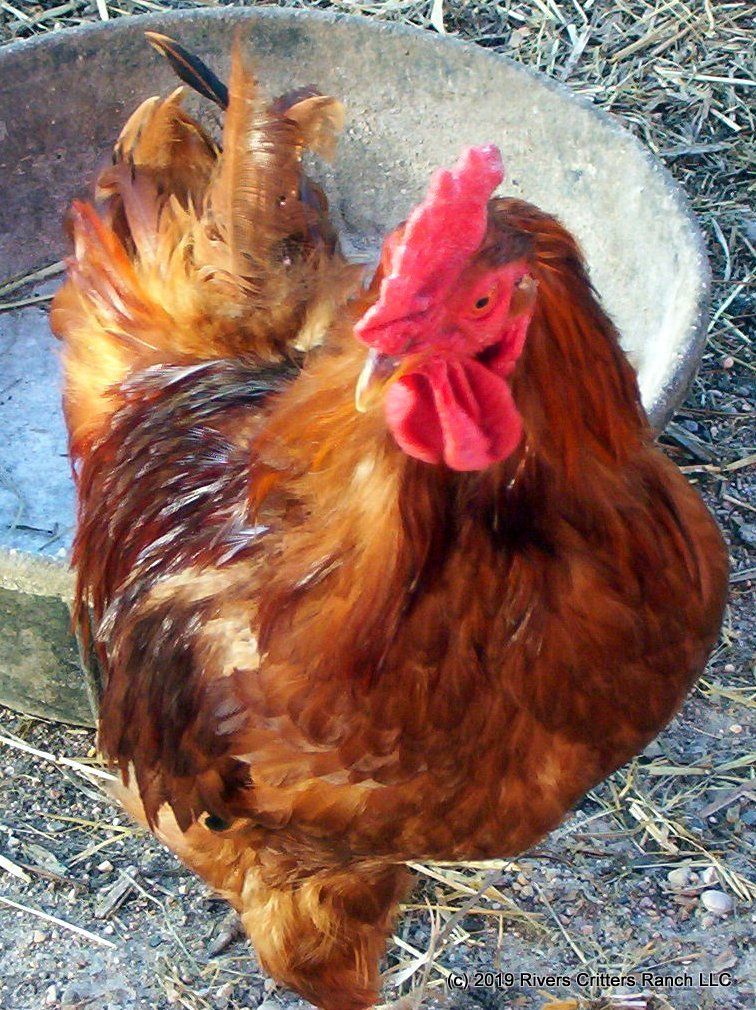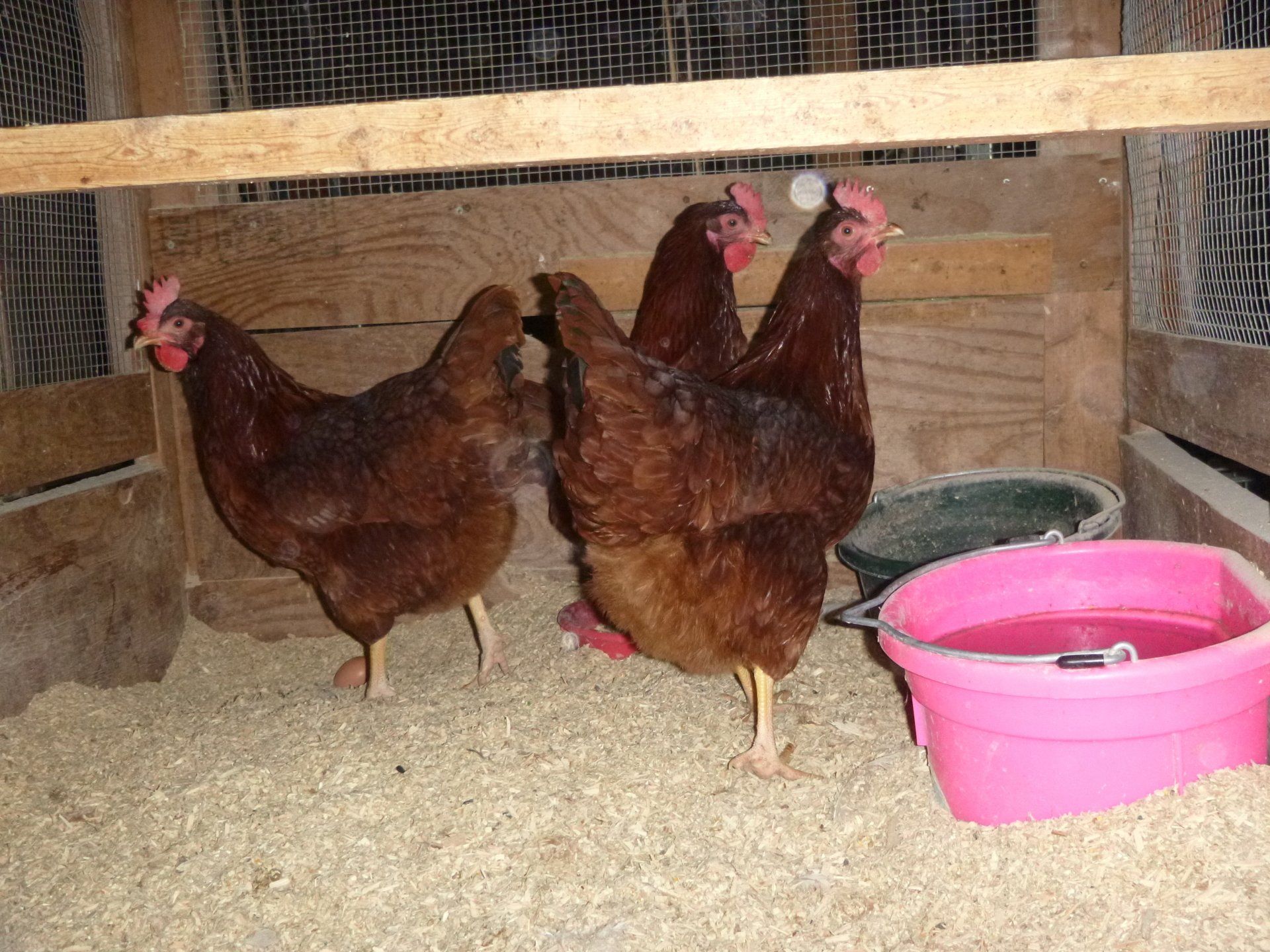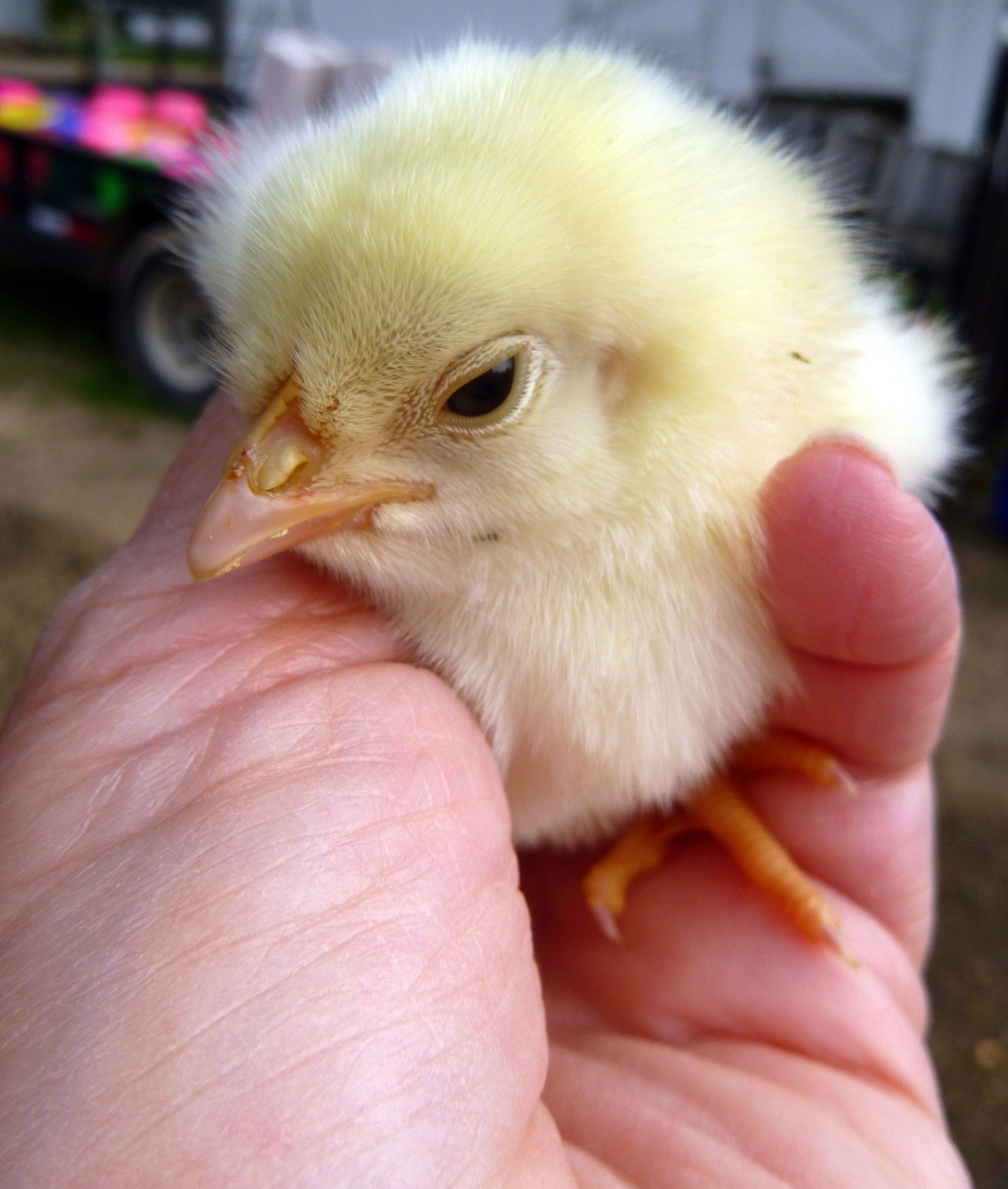Feeding Your Barnyard Friends - Part 4 of 6
Calculating a Feed Ration
As promised here is a basic computation to figure how much gain to put in your mix:
- First, determine the protein level you are attempting, say an 18% ration. Evaluate the protein level of your grain, for example corn has a protein level of 9% and Subtract the 9 from 18 which equals 9.
- Next refer back to the protein level of another grain, say soybeans at 43%. Then subtract the 18 from the 43 which equals 25
- Now add the 25 (soy computation) and the 9 (corn computation) which equals 34
- Next take the 25 and divide it by 34 and times it by 100 which equals 73.5. You will then take the 73.5 and times it by 2000 (ton of mix) which results in 1,470 pounds of corn for your mix.
- To determine how many pounds of soybeans for your mix follow the same equation 9 divided by 34 times 100 equals .265. Then .265 times 2000 equals 530 pounds of soybeans in the mix.
Of course, the above is only a mix of soybeans and corn which would not provide all the basic nutrients your poultry will need. The more grains you wish to incorporate in your feed mix (like flax or peas) the more computations. When deciding on which grains to use you should also evaluate their amino acids, fiber, etc.
You can see through this brief demonstration that it gets complicated quickly because you need to add other grains into the mix along with vitamins and minerals such as a kelp and a poultry mineral mix. Additionally, if you are mixing a small batch for a few birds it will greatly increase your workload. After feeding your new feed mix, you will want to evaluate how it impacts the health of your birds and their production.
Tomorrow I will post information on the effects of grinding grains.









